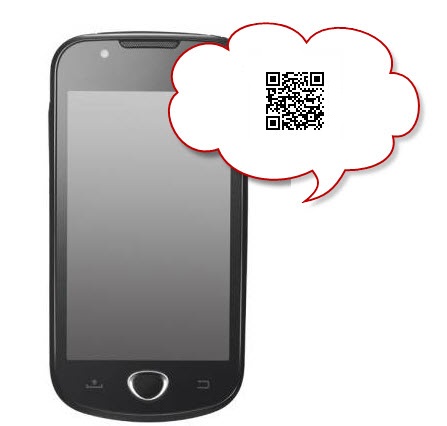They may look  black and white, but you need to find the grey area to get the most out of them.
black and white, but you need to find the grey area to get the most out of them.
If you have been looking into mobile marketing or even if you simply own a smartphone, then the odds are that you will already have seen QR codes for the first time, and you may even have scanned a few to see where they lead.
These mobile barcodes are popping up in advertising, signage, and product packaging everywhere.
The reason is that QR codes can quickly, easily, and very inexpensively help you to better engage with your customers. These simple black and white squares can be the key to bridging the gap between an offline and online interaction with a consumer.
With a properly placed barcode, you’ll encourage an individual to scan to find out more about your company, brand, or product. Then, provided you offer the smartphone user something relevant that he or she considers to be worthwhile, then you’ll be able to create a call to action and achieve very positive conversion rates.
The trick is not to mistake QR codes for a simpler way to enter a URL into a mobile device.
Though QR codes are a way to allow a smartphone user to simply scan and be automatically directed to a link, it shouldn’t simply be a pathway to a website. Successful use of these barcodes is dependent on engaging the customer, not simply presenting a web presence.
The following are a few of the most vital points you should consider if you want QR codes to help your business grow:
• Make sure that they link to a page or site that is mobile compatible and optimized.
• If they are being used for a specific promotion, link the barcodes directly to a page about the item, event, or service being advertised.
• Give the consumer a reason to scan and pay attention by offering an exclusive deal, such as an offer, mobile discount coupon, or other opportunity. Offers to obtain something for free or to save money are the most successful use for QR codes.
• Make sure your contact information is available, including click-to-call and a feature to find the nearest location. Once the consumer is interested, you don’t want to discourage him or her by creating a struggle to find you!
• Provide relevant and useful information in step by step “how-tos” or even video instructions demonstrating how your product can be used.
QR codes can be implemented rapidly and without great expense. They can be worked into existing packaging, signage or marketing materials and, as long as you give consumers a reason to scan, can make a significant difference to your business.

 tent.
tent.